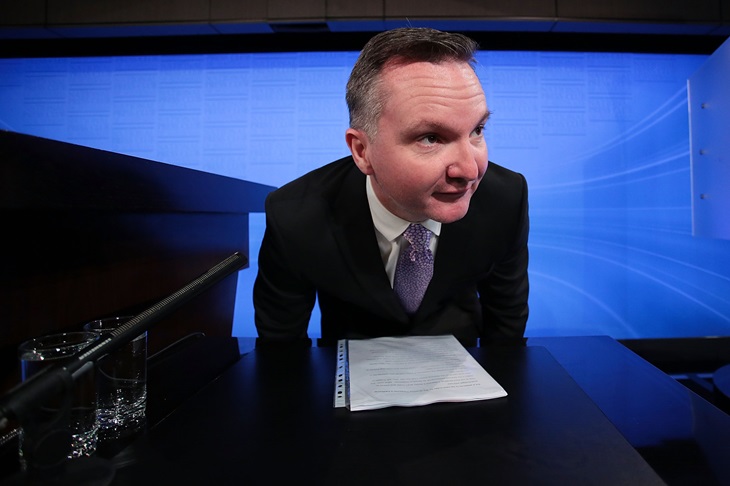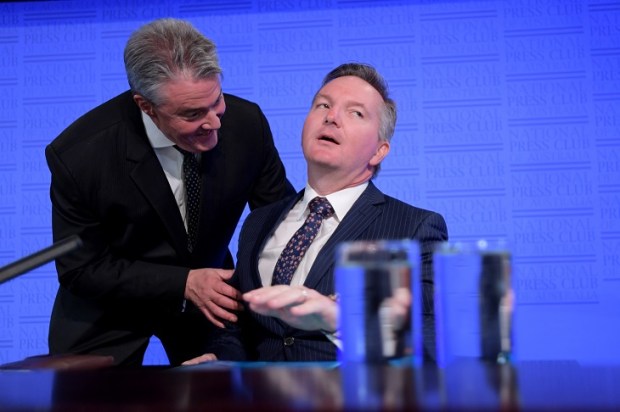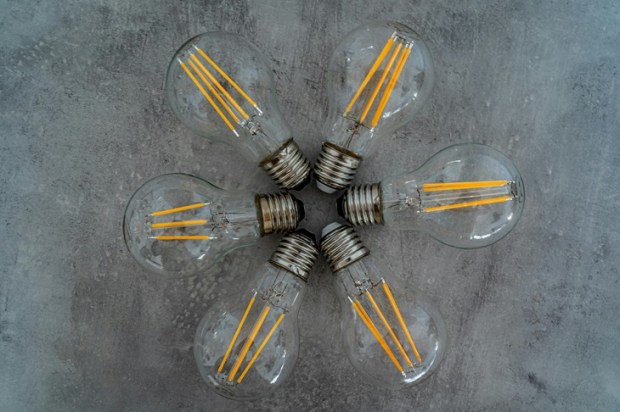Both the ALP and the Coalition, ostensibly as a means to reduce national emissions of CO2, espouse wind and solar supported by regulations and financial subsidies.
As well as causing increased taxes, disadvantaging coal means higher energy prices across the board. Political leaders fail to explain this – often because they don’t understand why prices rise.
Governments prefer consumers to refrain from asking where these price rises come from. After all, when it comes to energy, the government is acting in the interest of the consumer. Allegedly.
John Howard’s original regulation, 20 years ago was to force electricity retailers to include ‘2 per cent of additional energy’ as wind-generated electricity. This was sold as a means to reduce emissions and facilitate wind energy’s emerging cheapness that would eventually displace coal.
Any doubts that Kevin Rudd had about the competitiveness of renewable energy were subsumed in his crusade for carbon emission reductions. Under him and his successor, Julia Gillard, Howard’s baby steps were turbo-charged into the 25 per cent market share that renewables hold today.
The most recent regulatory augmentation was the Albanese government’s weaponising of Australian Carbon Credit Units (ACCUs).
Originally a voluntary ‘requirement’ imposed upon the top 215 emitting firms to abate their emissions under the Coalition, it has since been converted into an obligation that they reduce their emissions by 5 per cent each year until 2030.
Coming on top of existing measures, this will drive many internationally competitive Australian firms out of business. Ironically, as the output of those firms will be replaced by that of overseas competitors, usually producing goods with greater carbon emissions, there will be no reduction in global emissions.
Though energy prices have zig-zagged upwards with each pause in the price increase, the Energy Minister of the day has rushed out a press release deceptively boasting about how his policies are bringing cheaper prices.
Thus, Minister Bowen on October 19 claimed: ‘New data … shows rooftop solar is surging across Australia, helping reduce wholesale power prices to less than half what they were the same time last year.’
Well, one cuckoo does not a summer bring.
In 2023, the wholesale electricity price was $130 per MWh. In 2015, before the subsidies to renewables were significant in killing coal, the wholesale price was under $40 per MWh. And while the post-July 2024 price has averaged $62 per MWh, nobody in the market sees this as holding – 2024 forward prices are north of $100 per MWh.
Australia’s higher prices have nothing to do with coal becoming more expensive to mine or international factors (almost all the coal used in Australian electricity production is not internationally tradeable). Nor has it become intrinsically more difficult to build power stations: China is commissioning two every week.
Political measures have caused Australia to move from having just about the world’s cheapest electricity costs to the present situation where our prices are lower only than those countries that are closing down fossil fuel generating facilities even faster than we are.
The rapid increase in Australian electricity prices is caused by the subsidies and regulatory favours guaranteeing increased market share for wind and solar at the expense of coal. The subsidies consist of requirements to incorporate renewable supplies (or pay a penalty) direct financial assistance, and administrative costs. They total $10 billion a year, comprising:
Commonwealth and State regulatory support $5.0 billion
Commonwealth and State direct financial support $3.9 billion
Administrative support $1.1 billion
The value of subsidies to renewables exceeds their income from electricity sales. This is all the more remarkable in view of the price of energy having been amplified by the subsidised renewables displacing unsubsidised coal.
Though there is some push-back in Europe and Asia against the most extreme ‘Net Zero emissions’ agendas, the agitprop is also being ramped up. A new International Energy Agency report proclaims the ‘global investment in energy grids needs to double to more than $600 billion a year by 2030 to hit national climate targets.’ The European Commission has said power grid investments of €584 billion per year are needed until 2030 to meet green goals.
For Australia, Anthony Albanese has signalled new policy departures to accelerate the move away from fossil fuels once the Voice referendum was over.
He’s had plenty of advice on how to do this, none of which acknowledges the huge sums already being spent.
The Clean Energy Council lobby group has offered a ‘new strategic transformation plan’ requiring $100 billion over the next decade ‘to rescue Australia’s stalled energy transition’. The government’s Green Bank, the CEFC, has said we need around $120 billion of capital to finance enough new solar, wind, hydro, transmission, and storage to decarbonise the National Electricity Market to meet Australia’s renewable energy target of 82 per cent by 2030. Other lobby voices are urging an expansion of the renewable energy target.
All this points to the government embarking upon a further pummelling of low-cost energy supply, bringing an acceleration of Australia’s reduced international competitiveness. It is being done in pursuit of a reduction in global emissions of carbon dioxide which is unattainable and, as Will Happer and Australian scientists like Bill Kininmonth and Ian Plimer have shown, is pointless..
Got something to add? Join the discussion and comment below.
Get 10 issues for just $10
Subscribe to The Spectator Australia today for the next 10 magazine issues, plus full online access, for just $10.


























Comments
Don't miss out
Join the conversation with other Spectator Australia readers. Subscribe to leave a comment.
SUBSCRIBEAlready a subscriber? Log in